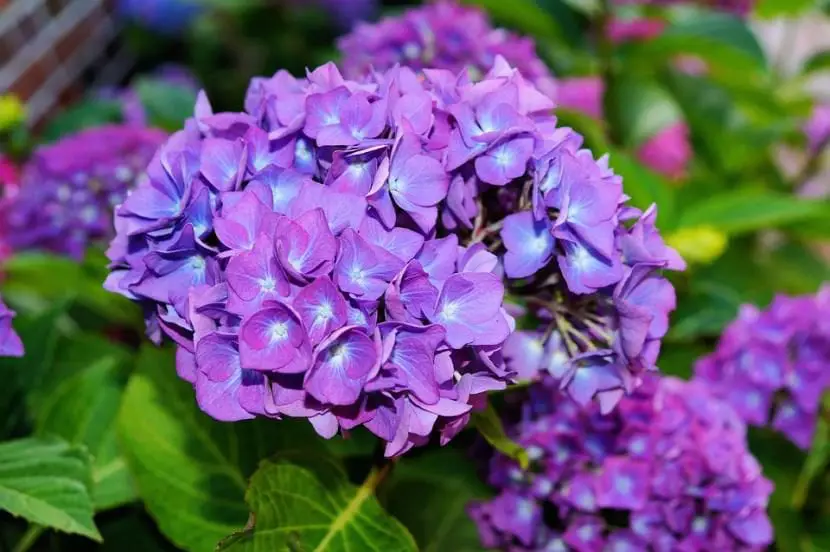
Nature is magnificent. Overflowing with life, with color, and emitting wonderful sounds that transport you to a very distant past, when human beings had not yet colonized the planet. Plants, those beings that allow us to breathe that have been living here for millions of years, have developed different survival strategies, some of which are very dangerous for the A wise man.
Nevertheless, there are a number of toxic plants that are very common in homes. Plants that, due to their beauty and / or ease of cultivation, have managed to earn their space in homes. And these are only 6 of them.
Oleander

The oleanderthe nerium oleanderIt is a very interesting evergreen shrub to grow in the garden: it can be in both full sun and semi-shade, it is highly resistant to pests and diseases, and produces a large number of flowers for much of the year.
But… it’s very toxic. It should not be consumed under any circumstances, since contains cyanogenic glycosides, such as oleandrin, which causes tachycardia in low doses, and arrhythmia, cardiac arrest and even death in high doses.
Brugmansia or Floripondium

Brugmansia grow in the form of a shrub or small tree up to 3-4 meters high. Its flowers are very characteristic, since they are shaped like a trumpet and are very large and beautiful, which is why many people decide to have one at home.
But it must be borne in mind that flowers contain tropan alkaloids, such as scopolamine that depresses the central nervous system. In very low doses it is very beneficial; in fact, it is used to make drugs for diseases such as Parkinson’s; however, in high doses it produces hallucinations, paralysis and death.
Dieffenbachia

La Dieffenbachia or Difenbaquia It is a plant widely cultivated indoors. It does not need a lot of light and can last several days without water. Its leaves are very showy, to the point that it is becoming easier to find different varieties for sale.
However, you have to know that contains calcium oxalate, which causes itching, redness of the mucous membranes and temporary loss of voice if it is consumed or if, when cutting a leaf, its sap comes into contact with any wound that we have.
Euforbia

Euphorbia is a very successful plant. So much so that it has managed to grow in much of the world, either as a herb or as a succulent. Many of the species are found in succulent collections, such as the euphorbia enopla that you can see in the image above.
But all of the genre contain a latex, one of its components being a combination of esters, which generates irritation and inflammation.
Hydrangea

La hydrangea it is a shrub that produces visually very attractive inflorescences. But both its leaves and its flowers contain a cyanogenic glycoside called hydragine.
Glycosides are molecules made up of a carbohydrate and a non-carbohydrate compound. In other words, on the one hand, generally, sugar and on the other of any other type. In the case of hydrangea, the sugar molecule is a cyanide, which can be fatal if any part of the plant is consumed.
Castor

El castor bean It is a very fast growing shrub that has very pretty palmate leaves, green or reddish in color depending on the variety. But You have to be very careful with its seeds, as they contain ricin, a phytotoxin that prevents protein synthesis, which causes cell death and death of the body.
3-4 seeds are enough for an adult to lose his life, and 2 for a child to stop breathing. For this reason, if you have children or if you are going to have children, you should not grow this plant in the gardens.
Despite the fact that all these plants are toxic to humans, they must not be demonized, but must be known. Only with that, with the knowledge, we can enjoy them without running any danger.
